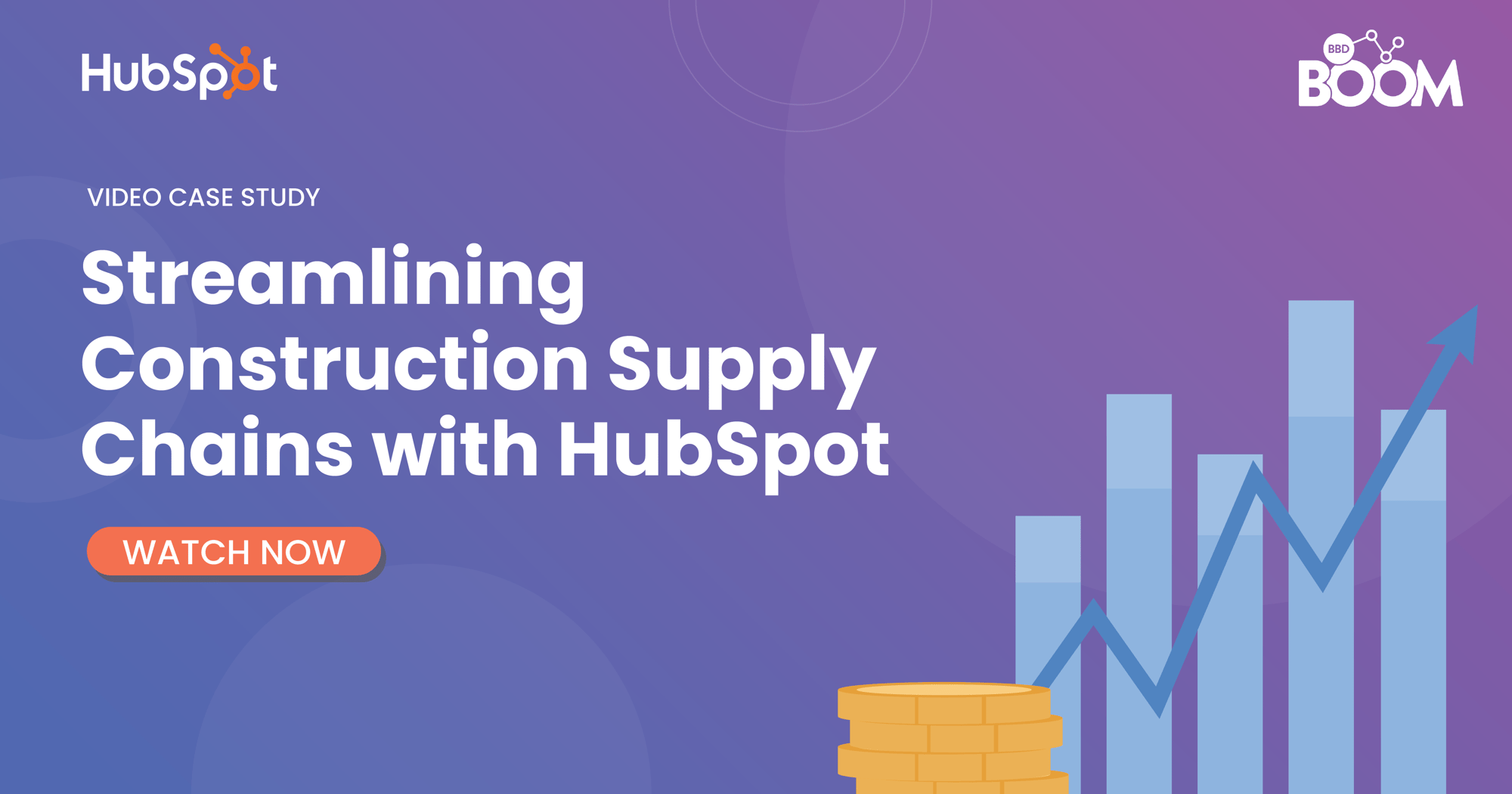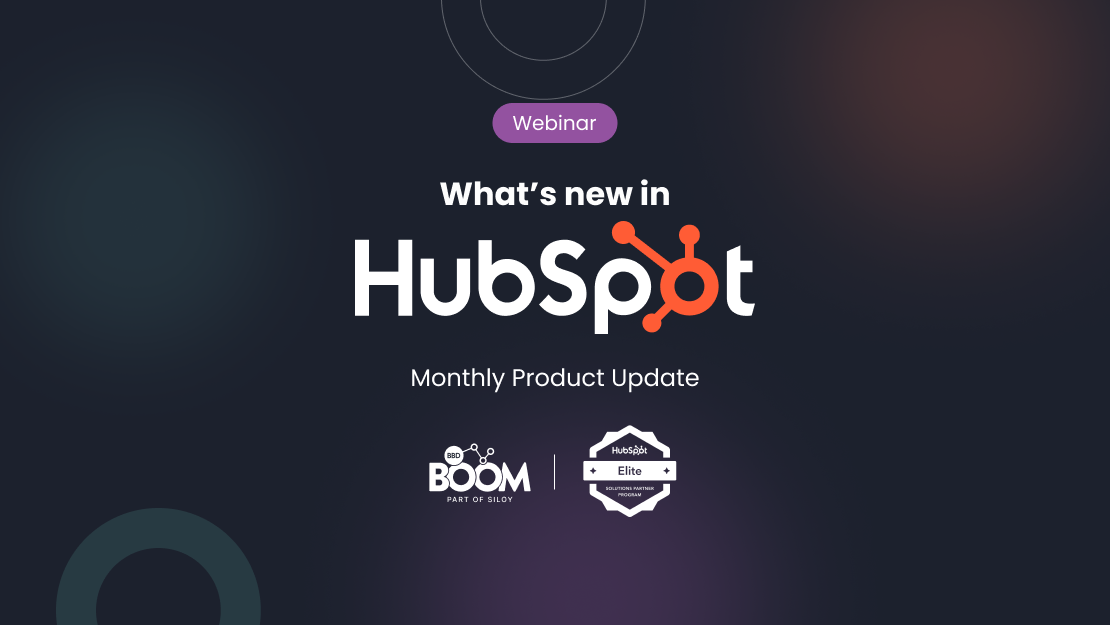When you mention social media for business, people normally think marketing. And whilst this thought may be reasonable, you may be surprised to know that social media is an amazing tool for your sales teams too.
In 2020, 91% of businesses have an active presence on two or more social media platforms. Using social media for brand-building is just the tip of the iceberg – social media is a valuable tool for driving sales as well. Here are eight ways to integrate social media into your sales strategy to drive revenue:
1. Identify the most-used platforms for your buyer personas
Use information about your buyer personas to determine what social media platforms they are active on. For example, if you work for a B2C company and are targeting Millennial consumers, you would be better served to focus your efforts on Facebook than TikTok. Conversely, if you sell B2B and are looking to gain direct access to seasoned professionals, LinkedIn may be more of a focus than Pinterest.
Also, understand how your customer is using these platforms. For example, if your customers prefer natural-looking user-generated content, then you will most likely find them on Instagram If your audience prefers searchable, instructional content, they may spend more time on YouTube. This information will provide insight on where you should focus your energy to best connect with your audience.
How HubSpot helps
With HubSpot’s built in social media reporting dashboard, see what platforms get the most interactions, clicks, shares, and impressions from your audience. Need more granular reporting? Choose from thousands of pre-made reports from the HubSpot Marketplace or make a custom report.
2. Share customer stories
Buyers feel more confident in their purchase decision knowing the product has approval from another buyer. In fact, a huge 83% of buyers say word-of-mouth recommendations influence their buying decisions. The best way to take advantage of this is communicating with your customers and sharing their purchase stories with your marketing teams to post on social media.
In addition to sharing customer stories with marketing, don’t forget to include social proof in your sales materials. If you receive a positive online review or have a happy customer create a social media post praising your product, reference them in your sales pitches to build credibility with potential customers.
How HubSpot helps
Use HubSpot's social tool to create and publish social posts to promote anything to do with your brand on social media, increase traffic to your website, and reap the SEO benefits of being active on social media. The social media tool allows you to schedule posts for any platform connected to your account, so you can aim to post when your audience is most engaged.
3. Optimise your personal social media accounts
Your company’s branded social accounts aren’t the only touchpoints your brand has with a customer. Your personal accounts can serve as an extension of your company’s brand too, where buyers can get to know and connect with you, the person they’re likely to be speaking to. The two platforms that are best for this are Twitter and LinkedIn.
How HubSpot helps
Connect your LinkedIn, Facebook, Twitter, or Instagram accounts to HubSpot to start creating and publishing social posts, and tracking social media engagements all in your HubSpot portal.
4. Use social media when prospecting
LinkedIn allows you to find and build relationships with potential customers that are a fit for your business. You can tailor your search to include the attributes of your ideal customer to find new contacts to reach out to. The free version of the tool allows you to search users by keywords, industry, location, work history, and mutual connections.
How HubSpot helps
For sales teams ready to take their LinkedIn prospecting to the next level, the LinkedIn Sales Navigator HubSpot integration provides advanced search insights, provides valuable lead recommendations, and can even connect with your CRM, making it easy to stay in touch with new contacts.
5. Track social leads for better lead quality
Your marketing team is likely tracking the performance of different channels, including social media, when it comes to attributing contacts and revenue. However, your input from a sales perspective is really valuable too. For the leads that come from social media, take note if there are any common threads between these leads, and then feed that back to marketing. Are your sales conversations easier? Are the prospects more engaged? Are the deals smaller but more likely to close? This will all help them prioritise.
How HubSpot helps
With HubSpot, you can tie social media to your business’ bottom line. Out-of-the-box social reports let you compare the performance of different platforms, campaigns, and publishing times. Whether you’re publishing directly through HubSpot, or you’re publishing while on the go, you’ll be able to report on the success of your social strategy across every channel from one central location.
6. Add social listening to your operating rhythm
Use the information you find during social listening to inform your sales strategy moving forward, to better accommodate customer needs and concerns. Here are a few ways to incorporate social listening into your regular operating rhythm:
- Search for your company or product name on Twitter to see what users are saying. Also do this with competitors to see what they are saying about similar brands.
- Use a tool such as HubSpot Social Inbox to see all of your company’s brand mentions across platforms in one place.
- Follow the LinkedIn updates of companies and individuals you are interested in working with.
- Scan the comments section of posts from your company, your competitors, and any influencer marketing posts promoting your or your competitor’s products.
How HubSpot helps
Monitor social interactions with contacts in your database, create custom keyword monitoring streams, and trigger email alerts so your sales team knows when your prospects mention you. You can even compare performance across your social channels and keep track of the number of visits and leads you receive. Enhance your social listening potential with the Sprout Social and Hootsuite integrations.
7. Conduct competitive analysis
Not only can you see what content your competitors are sharing to engage with their audience, announce new product drops, and promote their current product line-up, but you can also access comments and reviews to see how their customers truly feel about their products. Additionally, in B2B sales, if you know what your prospect is up against in their industry, you are better equipped to walk into a sales conversation knowing exactly how to position your product to suit their needs.
How HubSpot helps
With HubSpot’s integration with Rival IQ, a leader in the competitive social analytics space, track up to three competitors from right within HubSpot. Learn what type of content is generating engagement by using their stream, sorting from most engagement to least.
As you can see, the task of social media management should not just sit with marketing. Social media is an incredibly valuable asset for sales teams to use and track as part of their day-to-day. If you’d like to dive deeper into how to enable your sales team to sell better, download our ebook, The Complete Guide to Sales Prospecting.
.png?width=877&height=508&name=bbd-boom-siloy-navy+blue-logo%20(1).png)
.png)



.jpeg?width=50&name=0%20(1).jpeg)
.jpg)

.jpeg?width=90&name=0%20(1).jpeg)


